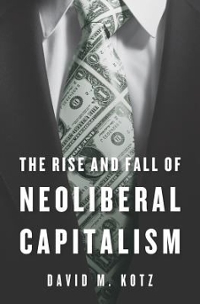Question
1. After the airline mergers, the four remaining airlines had an increased level of market power. For consumers, this meant that they had to pay
1. After the airline mergers, the four remaining airlines had an increased level of market power. For consumers, this meant that they had to pay
a. higher prices, regardless of consumer demand.
b. lower prices, regardless of consumer demand.
c. the same price because airfares were not impacted by market power.
d. higher prices, but only for business class travelers.
2. After the airline mergers, the four remaining airlines had an increased level of market power. For the airlines, this meant that the remaining airlines had
a. the power to limit competition.
b. the power to choose the best routes.
c. the power to perfectly price discriminate.
d. the power to set airfares without losing all customers.
3. Why is it more difficult for firms to enter an oligopolistic industry than a highly competitive one?
a. The low initial profits in the industry act as a deterrent for firms looking to enter the market.
b. There are significant barriers to entry, including high startup costs.
c. The market power of existing firms in the industry acts as a barrier to entry.
d. New firms have difficulty differentiating their product in significant ways from the products of existing firms.
4. The fast food industry, where there are many firms with slightly differentiated menus, is best categorized as
a. an oligopoly.
b. a pure monopoly.
c. perfect competition.
d. monopolistic competition.
5. How do low-cost carriers impact other airlines?
a. They increase competition, incentivizing other airlines to offer cheaper flights.
b. They prevent other airlines from occupying popular routes.
c. They create n incentive for other airlines to increase the quality of the flying experience.
d. They incentivize other airlines to increase airfares to differentiate their product.
6. Before deregulation, airlines relied on __________ strategies to attract customers, whereas airlines relied more on __________ after deregulation.
a. non-price competition; price competition
b. price competition; non-price competition
c. antitrust laws; market power
d. antitrust laws; non-price competition
7. If the government were to grant a single airline sole access to a route from St. Louis to Washington, D.C., it would be reasonable to predict that
a. airfares on the route would decrease.
b. airfares on the route would increase.
8. Airlines demonstrate economies of scale because they often have __________ startup costs from the cost of buying airplanes and relatively __________ marginal costs from operating and maintaining aircrafts.
a. high; high
b. low; increasing
c. high; low
d. low; decreasing
9. If the airline industry could function under perfect competition, then there would be __________ firms and flights would be __________.
a. few; identical
b. many; differentiated
c. many; identical
d. few; differentiated
10. The market structure most associated with the fast food industry is __________ because the firms in the industry produce products that are __________.
a. monopoly; unique
b. oligopoly; similar or identical
c. monopolistic competition; similar but not identical
d. perfect competition; identical
Step by Step Solution
There are 3 Steps involved in it
Step: 1

Get Instant Access to Expert-Tailored Solutions
See step-by-step solutions with expert insights and AI powered tools for academic success
Step: 2

Step: 3

Ace Your Homework with AI
Get the answers you need in no time with our AI-driven, step-by-step assistance
Get Started


